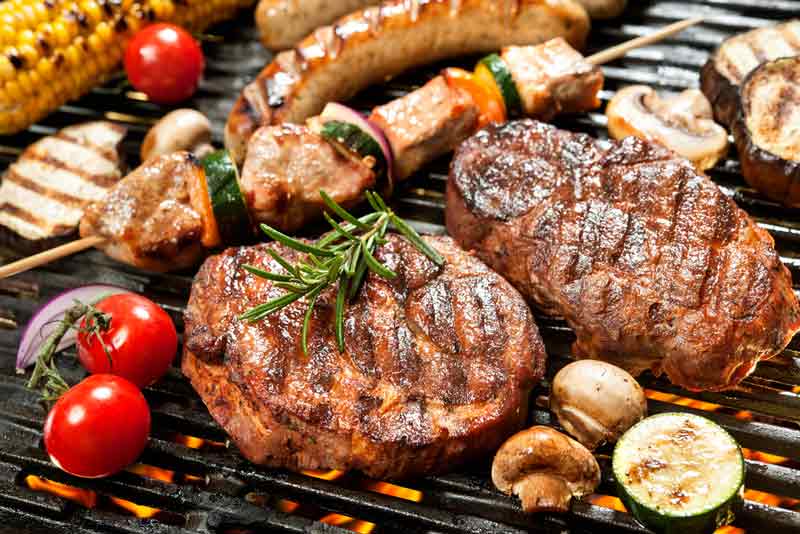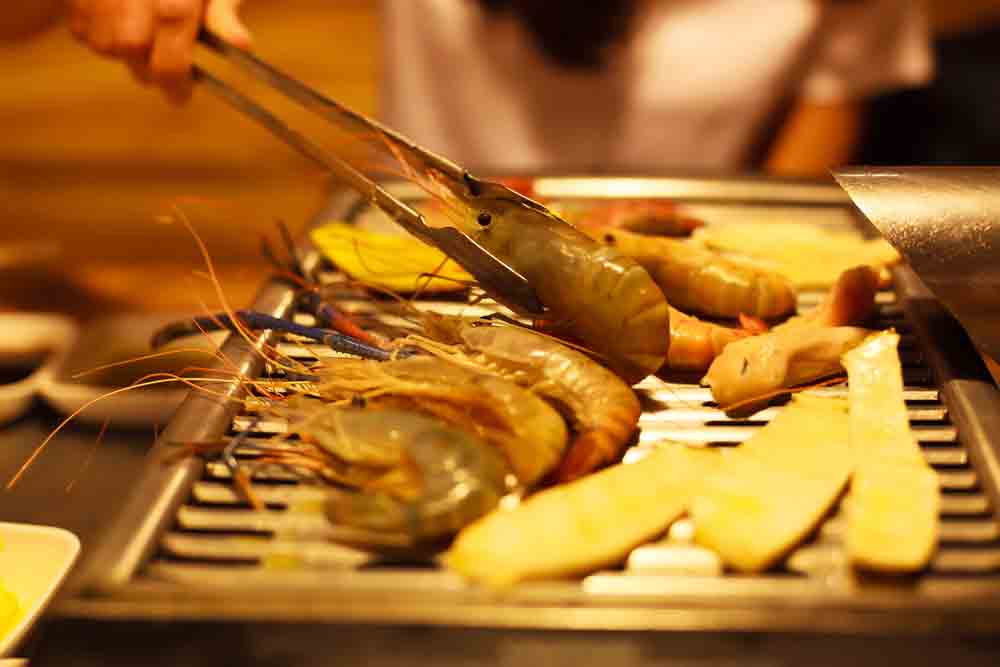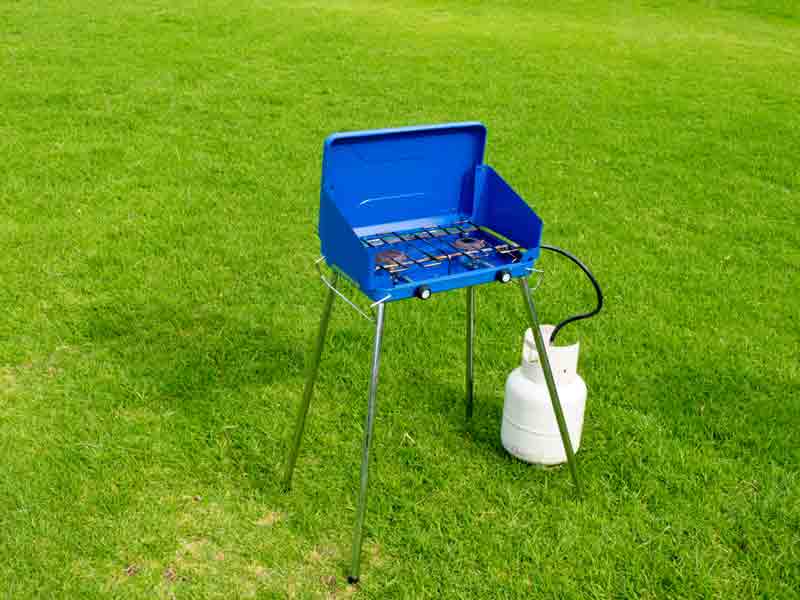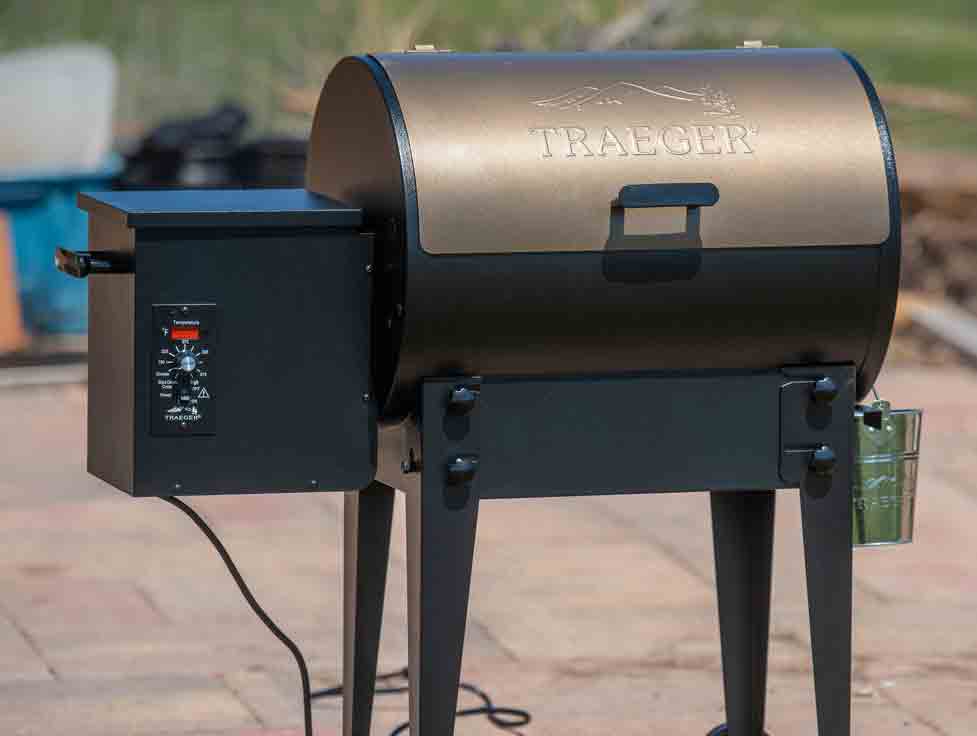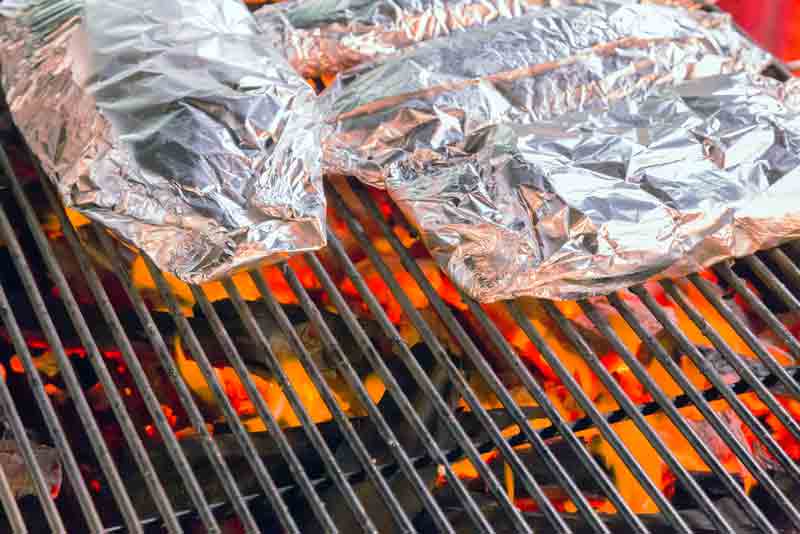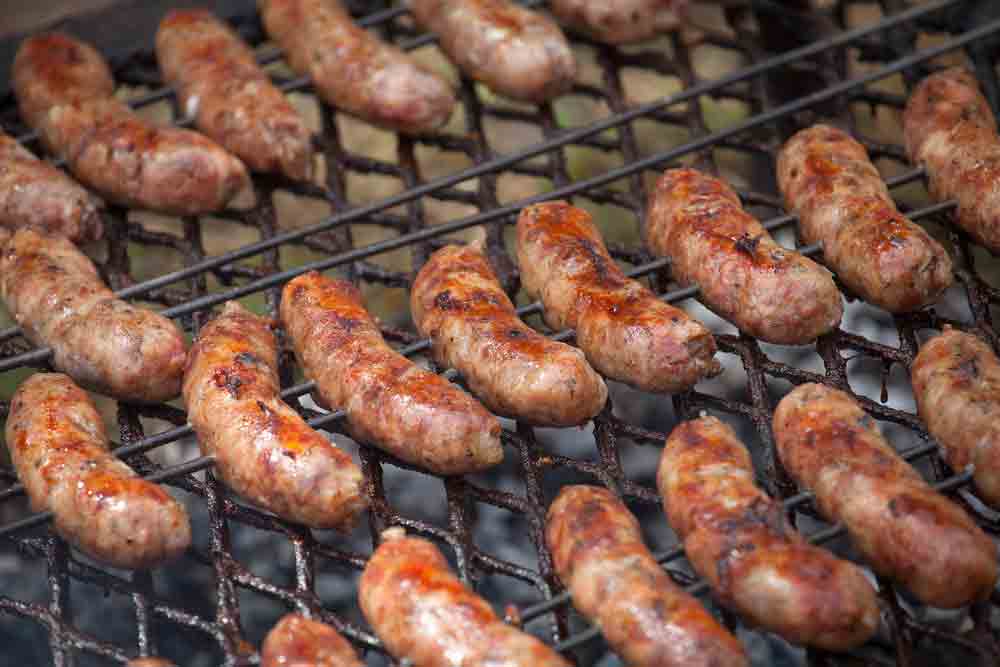If you want to learn how to barbecue, this Barbecue Guide for Beginners is for you. You’ll find everything you need to know about choosing the best grill and fuel, understanding the different cuts of meat and cooking techniques, seasoning your food with sauces and spices, grilling vegetables and side dishes like corn on the cob or baked potatoes, as well as how to use an outdoor oven for roasting whole pigs or smoking a brisket. And don’t forget dessert: we’ve got three delicious recipes for homemade ice cream too.
Choosing a Grill and Fuel
To barbecue, you need a grill. There are several different kinds of grills out there to choose from, so it’s important to do your research before spending money on a piece of equipment that may not suit your needs or skills.
Charcoal vs Gas Grills
The first decision you need to make is whether you’re going to barbecue on a charcoal or gas grill. Many people start with charcoal grills, but gas grills are easier to use since they produce even temperatures and allow you more control over the temperature of the grill (especially when using a smoker box, as explained below). Gas grills are also more affordable and easier to use.
Wood Chips
Wood chips (for smoking ) come in two main varieties: hardwood and fruitwood. Hardwoods like hickory, mesquite, and apple provide a smokier taste. Whereas fruitwoods like pecan and cherry are sweeter. A blend of both is best for marinating and basting since you get a smokier taste with a hint of sweetness from the fruitwood chips.
Smoker Boxes
If you’re using a gas grill, it’s possible to add wood chips directly into the burner, but it can be dangerous to add extra fuel to a fire. Instead, you can use a smoker box that prevents the wood chips from catching on fire, allows for better airflow and more control over the smoking process.
Grill Accessories:
There are many accessories available for grills. If you’re using a gas grill, it’s worth investing in a tray or basket underneath the grill to catch the grease from cooking. If you’re using a charcoal grill, you can make your smoker box by punching small holes in a tin foil or metal tray, filling it with wood chips, and placing it under the coals to smoke.
The Different Cuts of Beef, Pork, and Lamb
Different cuts of meat require different cooking techniques. For example, a ribeye steak should be cooked quickly over high heat or on a hot grill, whereas a leg of lamb is best cooked over indirect heat for several hours until the internal temperature reaches about 110 degrees Fahrenheit. Each cut has its unique properties and flavor, so it’s important to learn your cuts before attempting to grill or smoke your meat. This way you know what techniques are best for each cut.
Beef Cuts
Whole beef tenderloin is excellent when grilled quickly over high heat, but it can be difficult to cook evenly because one side may be charged while the other is raw. Instead, the tenderloin can be cut into different sections, each of which is then cooked individually. A full tenderloin can also be chopped up and used as kebabs ( kabobs ) or as stew meat. Brisket, on the other hand, is best when slow-cooked over indirect heat for several hours until it’s fork-tender inside, whereas a flat-iron steak can be grilled quickly over high heat.
Pork Cuts
Pork cuts are often used to make pulled pork, a type of barbecue typically cooked for several hours until the meat is tender enough to be shredded with a fork. It’s best to cook the pork shoulder slowly over indirect heat, but it can also be chopped up and used in kabobs or stews.
Lamb Cuts
A leg of lamb is considered the whole-muscle meat from a single animal. Once it has been cooked, this cut can be sliced into different parts to create more manageable portions that are easier to serve and eat. Examples include roasted loin chops, flank steaks, and stew meat.
Direct Heat vs Indirect Heat
The type of meat you are cooking dictates where on the grill you should place it. Direct heat grilling is when the food is cooked directly over hot coals or a gas flame, whereas indirect heat grilling is when the food is placed to the side of the heat source in an area with no coals or gas flames. For example, you would use direct heat to grill a steak over high heat for a short amount of time, whereas you’d use indirect heat if using a smoker box or cooking the steak slowly over indirect heat for several hours.
Seasoning Your Meat
The best way to season your meat is by adding spices as a dry rub before cooking, as this allows the meat to absorb the flavor more quickly. If you aren’t too confident about your spices or seasoned meats don’t come out exactly how you want them to, it’s possible to add a marinade after your meat is cooked instead of using a dry rub beforehand. However, be careful with acidic marinades, since the acid can actually start to cook the meat instead of tenderizing it.
If you want smokier tasting food, simply add wood chips directly onto your hot coals. However, be sure to choose fruitwoods for marinating and basting while smoking. Meat that is cooked over indirect heat or with a smoker box doesn’t require a marinade since it will be basted with juices from the meat itself on its way up to temperature.
Preparing the Grill
As with all cooking, you should make sure your grill is clean before starting to cook. Also be careful not to start the grill too early and never preheat a lid-less grill for this can cause grease flare-ups and damage the grates.
Also, remember that different types of meat require different heat zones on your grill. You should have a hot zone for direct grilling, a medium zone for indirect grilling, and a cool zone for moving food to if it starts getting too charred.
Cooking Your Meat:
Large pieces of meat should always be grilled on the barbecue for a few minutes on each side before being turned over to ensure that they cook evenly throughout. For example, a whole chicken is best added straight onto indirect heat after you’ve allowed it to reach room temperature for about 20 minutes.
How Hot Should the Grill Be?
The general rule of thumb is that you should cook your meats until they are around 150 degrees Fahrenheit before removing them from the grill. At this point, the outside should be seared and crispy while keeping the inside nice and juicy. However, if you want a beautiful blackened char on the outside of the meat, you should use direct heat.
Cooking Safely
One of the most important things to remember about barbecuing is to use a meat thermometer at all times to keep yourself from overcooking or undercooking your food. This means you should always check the internal temperature of meats before serving at the table. The USDA provides a useful chart for determining if foods are cooked properly:
Clean Up
After you’ve finished cooking all your meat, close the grill and let it burn off any excess pieces. If this is not an option (i.e. because of rain), at least wait until the grill is completely cold before cleaning it. If you’re impatient, just be sure to wait at least 15 minutes after cooking before scraping the grill clean. Clean off any leftover food debris with a wire brush and finally, wipe down all surfaces of your grill with a damp cloth or paper towel to get rid of any last bits of food.
Additional Tips & Tricks
- Always keep a spray bottle filled with water to put out flareups on the grill right away, before they can start cooking your meat for you.
- If you are using wood chips, soak them in water or another liquid before placing them onto your coals or gas flames. If you are using wood chunks, wrap them in foil before throwing them on the fire.
- Allow your meat to rest for around 10 minutes after it is done cooking so that juices can redistribute themselves.
- If you have any leftovers of your grilled meat, do not leave them outside at room temperature for more than two hours. Instead, store them in the refrigerator and eat them as soon as possible.
- Be sure to check your grill’s warranty before using it for the first time. If it is not covered, you should definitely purchase a high-quality one that will last for years. For more information on barbecuing, visit: Barbecue Tips from Weber Grills.
Conclusion
Barbecue is a skill that takes time and practice to perfect, but once you learn the basics, grilling becomes easy. Cooking over an indirect flame can be intimidating at first, but after some trial and error, your friends and family will start begging for more barbecues with you!

